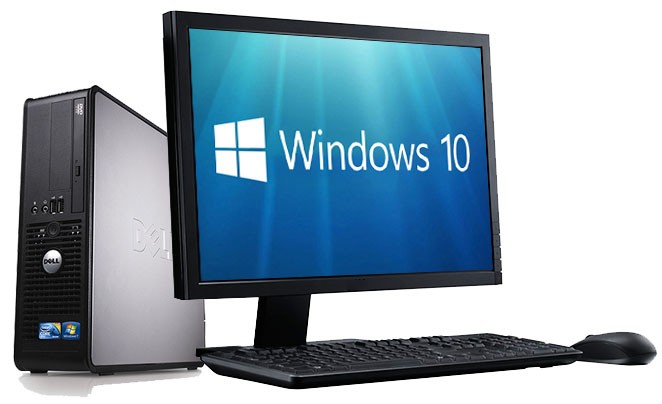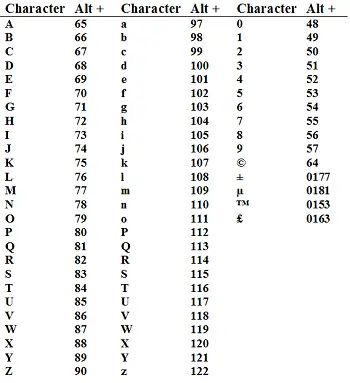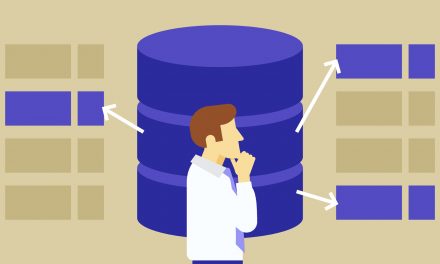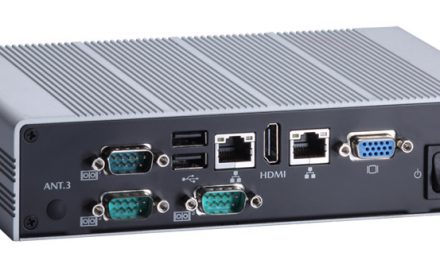What is a computer? A computer is a machine, device or set of devices that wields the ability to input data, process it, store it and or retrieve it. The Oxford dictionary defines it as an electronic device for storing and processing data, typically in binary form, according to instructions given to it in a variable program. Some can define it as a device that can automatically execute logical or arithmetic operations. The computer has come a long way and has revolutionized the whole human experience. Most of the socio-economic progress that we have seen and still see is all thanks to the computer. Let us take some time to discuss what a computer is.
Table of Contents
What Constitutes A Computer?
A computer is broadly comprised of two key components namely, hardware and software. Hardware is the tangible or physical components of a computer. Software is the intangible components which can either be programs or applications. You will also have to know that a computer runs using what is called an operating system. It is also worth noting that there are several types of computers in existence. The uses of computers are also quite broad and diverse. As you can see, all the aspects we have highlighted already show you that there is a lot to discuss when it comes to what a computer is. We shall look at some of them herein as we expand the short answer to what a computer is.
Computer Hardware
We have explained what hardware but we can go further to point out some categories and examples. Broadly we have what are referred to as input and output devices. Input devices are responsible for transferring data into a computer or computer system. Conversely, the output devices transfer data out of the same. Examples of input devices are keyboards, touchpads, microphones, mouse, and light pens just to mention a few. Examples of output devices are computer screens, speakers, and printers amongst others.
Computer Software
Computer software can be grouped into 3 categories. There is what is called system software. Just a brief side note here because most people miss it – ‘software’ remains ‘software’ in plural. The second category of software is application software. The third category is programming software or programming languages. Most of the computer users are familiar (and usually interact) with application software. Examples Microsoft Office – applications like Microsoft Word, Microsoft Excel and so on.
When we are talking about system software we are dealing with operating systems (commonly known as OS). Examples are Windows 10, so it is apparent most people have a rough idea that there is what is called an OS. Then we have programming software which is the preserve of software developers. Some common examples are Java, C++, and Microsoft Visual Basic, just to mention a few.
Characteristics Of Computers
Understand Binary Language
Computers cannot understand natural language but can only comprehend binary language. By binary language we are referring to zeros and ones. Of course there is an intent race towards making computers understand natural language – things to do with machine learning and artificial intelligence. Anyways, you just have to appreciate that computers only understand binary language. Thus when you key in FOOD on your keyboard every letter is actually converted to binary values in order for the computer to understand.
Fast And Accurate
Computers are extremely fast and very accurate in what they do. For instance, several millions of instructions can be executed in just one second. Computers are also quite accurate which enables them to do complex calculations in a matter of seconds producing spot on results. However, remember there is what we call the GIGO (garbage in, garbage out) factor. In the event that a program or application was coded wrongly inaccuracies can occur. Overall, computers have high levels of integrity that makes them work within the confines of what they are designed to so do – this they do with speed and accuracy.
Multitasking Or Multiprogramming Environment
This is one of the hallmarks of the computer. Just think of the sheer amount of speed we talked about earlier. This puts this attribute into perspective, how that computers can carry out countless tasks or run countless programs all at the same time. You can be downloading several files on the internet whilst printing something a document and at the same time typing a document. That is just a tiny speck of what will be happening all at once.
Storage Capacity
This is yet again another striking feature of computers. Computers can store large amounts of data with ease. This is data which is in digital form which makes handling it easier. For instance a computer might have a 1 TB (terabytes) hard drive capacity. That is essentially 1000 GB (gigabytes). Let us make some comparisons so that you get the picture of how huge that is. 1 terabyte is the equivalent of approximately 100 000 physical dictionaries (e.g. a Webster dictionary). That is around 250 tonnes in total weight yet all that can be digitally stored in a compact device called a hard drive in a computer.
These are some of the things we can talk about in addressing the question of what a computer is. Each and every one of these talking points or areas can be looked at in-depth. For instance, just looking at the characteristic of computers only understanding binary language we can write books upon books. Such is the case for all the other things we discussed they are so broad and involve lots of technical and elaborate details.




